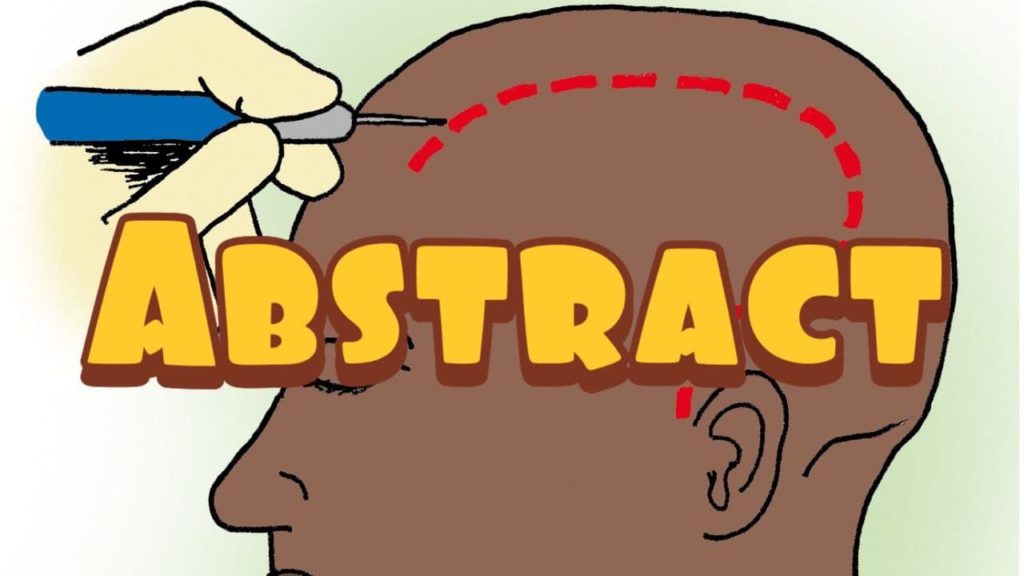Wound Closure Techniques
Chaudhary Ehtsham Azmat 1, Martha CouncilIn: StatPearls [Internet]. Treasure Island (FL): StatPearls Publishing; 2020 Jan.2020 Nov 4.Affiliations expand
- PMID: 29262163
- Bookshelf ID: NBK470598
Free Books & Documents
Excerpt
Wound management is an essential part of emergency medicine practice. The clinicians care for wounds ranging from minor and simple lacerations or abrasions to complex wounds. Wound closure techniques have evolved significantly and now range from simple sutures to adhesive compounds, and techniques have also improved. For injuries that require further management, it is imperative to assess the wound and determine how best to treat it. Multiple techniques can be used for wound closure. These include sutures, staples, and adhesives. Staples For many minor wounds, sutures are the gold-standard method for closure. In a case where you have a linear laceration located on the scalp or extremities, it is a reasonable alternative to use staples. The advantage is that they can be placed quickly. This is immensely useful in situations where there is brisk bleeding and in mass casualty settings where there are multiple wounds to which to attend. They are also widely used to close the postoperative incised wounds. Staples are cost-effective, easily placed, require minimal training, and have similar healing times and infection rates as sutures. Sutures In primary wound closure, sutures are the standard of care. There are two types of sutures, absorbable and non-absorbable. Non-absorbable sutures are preferred because they provide great tensile strength, and the body’s chemicals will not dissolve them during the natural healing process. Non-absorbable sutures are used primarily to close superficial wounds; whereas, absorbable sutures can be placed in a double layer closure for deeper wounds. In doing so, absorbable sutures help decrease the tension and better approximate the wound edges. This will allow for a lower risk of wound dehiscence and a more aesthetically pleasing outcome. Synthetic sutures tend to have a problem with “memory.” That is, they tend to retain the shape of their packaging. This can potentially make it difficult to manipulate the suture during wound closure. The choice of suture and technique depends on the type of wound, depth, the degree of tension, and desired cosmetic results. Simple interrupted sutures have the advantage of more cosmetically appealing results as the use of separate stitches allows for a better approximation of the skin and fascia. They provide greater tensile strength and have less risk of injuring cutaneous circulation. Also, in the case of an infection, the entire length of sutures would not need to come out. For rapid hemorrhage control or long wounds with minimal tension, running sutures are the best choice. They can be applied quickly and spread tension along the wound. The disadvantage of running sutures is the risk of dehiscence if part of the suture material ruptures. This would cause the entire length of suture to unravel. For a wound that is deeper in nature, a mattress stitch can be placed, providing better strength. The deeper penetration into the skin layers minimizes tension and allowing for better closure at the wound edges. They can be thrown in as temporary stitches are removed after the tension is more evenly distributed across the wound. If there is still tension after wound closure, the mattress stitch can be left in place to decrease the risk of dehiscence. Mattress sutures can be applied as vertical or horizontal subtypes. Sutures can also be applied with a subcuticular technique. It can be done either as a simple suture or continuous sutures. The skin is not pierced and thus has the ability to produce better aesthetic results. Care should be taken when applying these sutures as to the depth of the wound because they can form a potential cavity beneath the suture line if the wound is deep. Adhesives In percutaneous wounds or simple pediatric cases, skin glues are particularly useful as they are quick and relatively painless. Adhesive tapes and skin glues are a useful adjunct to deeper sutures too. They are cause minimal wound inflammation, have a lower infection rate than sutures, and are removed easily. Regardless of which wound closure technique the responder chooses, it is important to remember that to achieve a thoroughly-healed incision with minimum scarring you should keep in mind the following: The goals of wound management are to avoid infection, tamponade the bleeding, and provide a better cosmetic outcome.
Copyright © 2020, StatPearls Publishing LLC.
Sections
- Introduction
- Function
- Issues of Concern
- Clinical Significance
- Other Issues
- Enhancing Healthcare Team Outcomes
- Nursing, Allied Health, and Interprofessional Team Monitoring
- Continuing Education / Review Questions
- References
Similar articles
- Continuous versus interrupted skin sutures for non-obstetric surgery.Gurusamy KS, Toon CD, Allen VB, Davidson BR.Cochrane Database Syst Rev. 2014 Feb 14;(2):CD010365. doi: 10.1002/14651858.CD010365.pub2.PMID: 24526375 Review.
- Tissue adhesives for simple traumatic lacerations.Beam JW.J Athl Train. 2008 Apr-Jun;43(2):222-4. doi: 10.4085/1062-6050-43.2.222.PMID: 18345349 Free PMC article.
- Subcuticular sutures for skin closure in non-obstetric surgery.Goto S, Sakamoto T, Ganeko R, Hida K, Furukawa TA, Sakai Y.Cochrane Database Syst Rev. 2020 Apr 9;4(4):CD012124. doi: 10.1002/14651858.CD012124.pub2.PMID: 32271475
- Comparison of various methods and materials for treatment of skin laceration by a 3-dimensional measuring technique in a pig experiment.Zeplin PH, Schmidt K, Laske M, Ziegler UE.Ann Plast Surg. 2007 May;58(5):566-72. doi: 10.1097/01.sap.0000245135.58229.e7.PMID: 17452845
- Closure methods for laparotomy incisions for preventing incisional hernias and other wound complications.Patel SV, Paskar DD, Nelson RL, Vedula SS, Steele SR.Cochrane Database Syst Rev. 2017 Nov 3;11(11):CD005661. doi: 10.1002/14651858.CD005661.pub2.PMID: 29099149 Free PMC article. Review.


